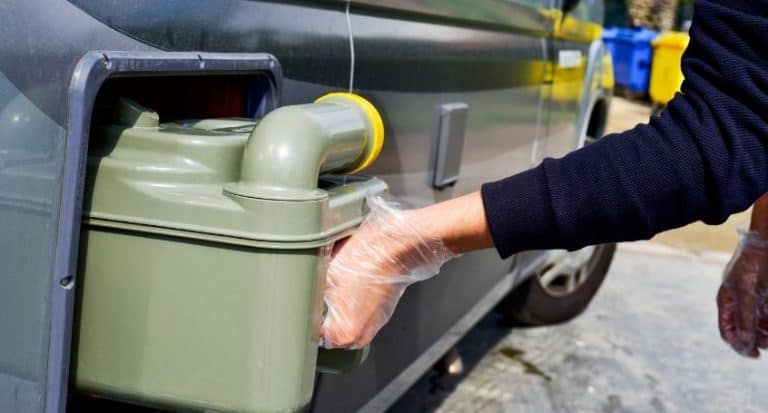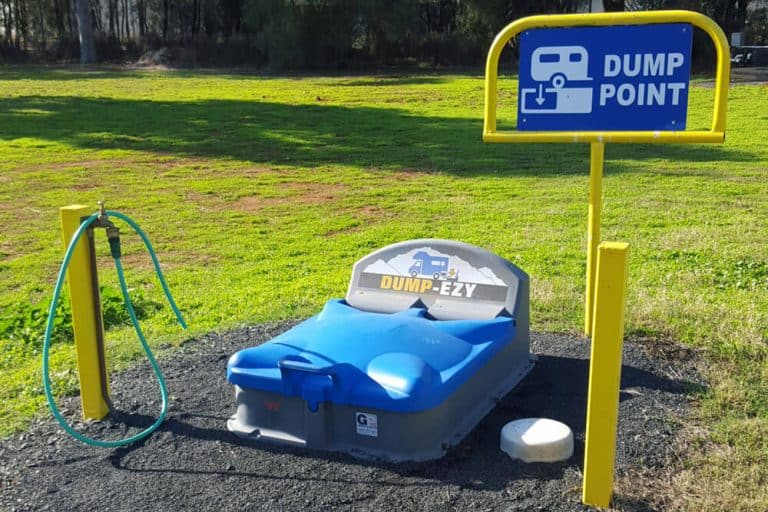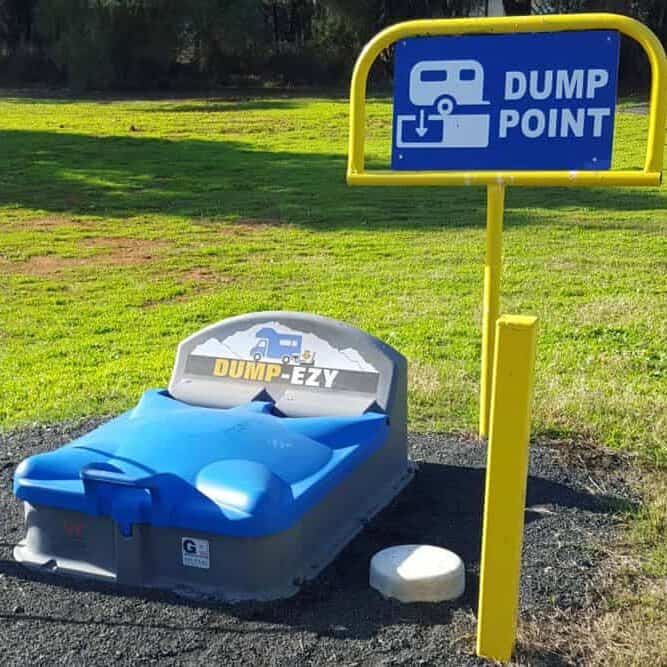How to Dispose of Grey water in a Campervan
You might be wondering if there is a way to dispose of your grey water while camping in a campervan. Grey water is the wastewater that comes from things like dishwashing, bathing, and laundry. This article will answer some questions about storing and disposing of grey water in a campervan.
The biggest challenge people have with disposing of grey water in a campervan is simply not knowing how to do it. Grey water can be stored in a variety of ways, and there are a few tips you can follow to use less water while camping.
In some states of Australia, it is illegal to dump your grey water tank on the ground. This is because grey water can contain harmful bacteria and pollutants that can contaminate the soil and groundwater. However, in other states this can be ok.
What is Grey water
Knowing how to store and dispose of your grey water tank when travelling in a campervan is important. Grey water is the wastewater that comes from things like dishwashing, bathing, and laundry. It can be stored in various ways, and there are a few tips you can follow to use less water while camping. In some states of Australia, it is illegal to dump grey water tank on the ground. This is because grey water can contain harmful bacteria and pollutants that can contaminate the soil and groundwater. However, in other states this can be ok.
What is the difference between black water and grey water?
Grey water is not dangerous when it first comes out of your sink, washing machine, or shower. If it falls onto a piece of land in the sun and you use safe, eco-friendly products, and it doesn’t upset anyone, this is most likely the best way to handle it.
However, if you store it for more than 12 hours, the water will slowly turn into black water. The process is accelerated with heat. If you are camping in the northern parts of Australia, your grey water will turn to black water faster.
While grey water straight from your plates is probably not something you’d want to mess with too much, it is generally quite clean and odourless. Suppose you store the grey water in some heat. It will smell bad when you release it, and you don’t want to go near it. This is because bugs and bacteria grow, becoming a form of black water.
Black water is not something you want to mess with. Holding grey water can become an issue when collecting and storing it too long.

How to store Grey Water in a Campervan
Many campsites require RVs to store grey water until you leave the area. To store grey water, you’ll need a grey water holding tank, which is usually built into the plumbing of your RV or motorhome. The majority of modern vehicles and motorhomes are now coming complete with in-built grey water tanks integrated into the plumbing system. Most systems work by redirecting the grey water flow into the tank.
Some people choose to retrofit a tray water tank to their RVs. Others use an external portable grey water tank. Some waste water tanks are just big plastic bottles that collect water from the outlet. Others are designed for a specific purpose and have wheels on them so you can move the waste water tank to a disposal site.
If you’re using an external or portable grey water tank, it’s important to check to see if the design meets the definition of self-contained for the caravan park you’re planning to visit. Many caravan parks only allow tanks that are integrated into the RV.
Disposing of Grey water in a Campervan
Disposing of grey water is an important part of camping in a campervan. When you’re travelling, you want to be as green as possible, and one way to do that is to recycle your grey water. Grey water is the wastewater that comes from your sink and shower. It doesn’t include your toilet waste.
There are a few different ways to dispose of grey water. The most common is to dump it in a dedicated dump point.
When camping in an organized campground, it’s often possible to dump your grey water collection point. You’ll need a sewer hose that connects directly to the RV grey water outlet if this is possible. All RVs are different, and some of them don’t include a dedicated sewer outlet.
Another option is to allow the grey water to soak into the earth. Just make sure that the spot you choose is away from any potential water supply. If this is your only option, always make sure you use eco-friendly products.
Dispose of grey water responsibly and never pour it into natural waterways or storm drains.
There’s no specific place you need to dump your grey water, but there are some guidelines about whether or not certain parts of the ground can absorb waste water. For example, you shouldn’t dump waste water near any area that might be used for drinking water or vegetables.

Tips for using less water while camping
When you begin camping, there are a lot of new skills to learn, and one of the most essential is how to conserve water. It becomes like liquid gold when your regular mains water supply has stopped, and you must rely on what you have stored.
I’ve seen a lot of budding campers go through a steep learning curve when it comes to water conservation, especially while camping in more isolated areas. Unlike at home, you can only carry so much, and if you aren’t careful with it, you will run out.
This is particularly true for caravans and camper trailers with showers on board. It’s easy to drain the water tanks after a few lengthy showers, making it very inconvenient.
Learn how to clean yourself
Learn how to clean yourself efficiently with less water, and you can dramatically improve your range of water. Showering uses the most water out of anything while on the road.
Metre the water
Tracking your water usage is a must when using a limited about of water. This can be done with an inline flow meter that measures all of the water flowing out of your tank.
It’s a simple device, but it’s a game-changer when tracking how much water you have left.
Use other water when available
Always try to utilize other water supplies when available. This could give you additional days of water in your fresh water tank.

